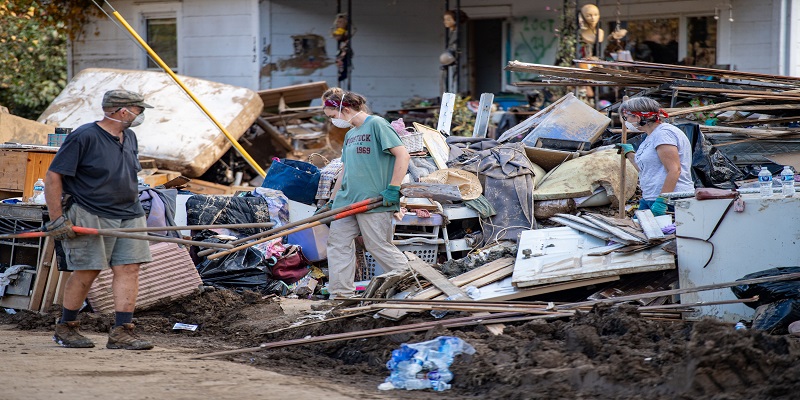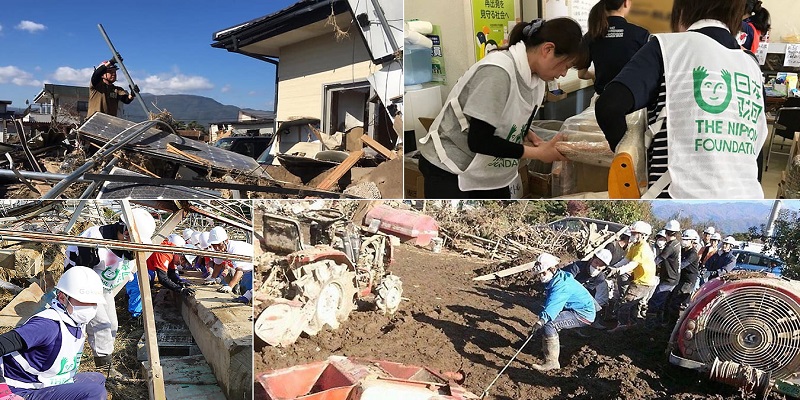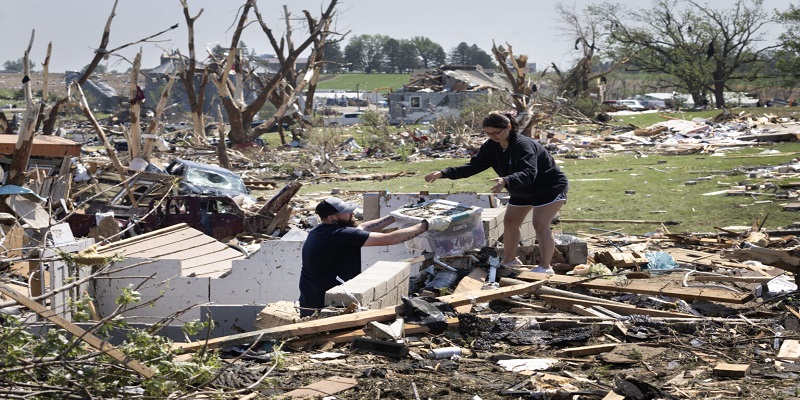Natural disasters are unpredictable and destructive events that can strike anywhere, at any time. These events, ranging from earthquakes and hurricanes to floods and wildfires, have devastating consequences for communities, economies, and environments. In the wake of such calamities, relief efforts play a crucial role in mitigating the immediate impact on affected populations and aiding in the recovery process. In this article, we will explore the nature of natural disasters, the importance of relief efforts, and how individuals, governments, and organizations can collaborate to provide effective support during and after these catastrophic events. webpet.uk
Understanding Natural Disasters
Natural disasters are extreme, sudden events caused by natural processes of the Earth. These events can be classified into several categories, including geological, meteorological, and hydrological disasters.
- Geological Disasters: These include earthquakes, volcanic eruptions, and landslides. Earthquakes, for instance, can cause widespread damage, leading to collapsed buildings, infrastructure destruction, and loss of life. Volcanic eruptions can lead to the displacement of people and destruction of entire towns.
- Meteorological Disasters: These disasters involve extreme weather conditions, such as hurricanes, tornadoes, blizzards, and heatwaves. Hurricanes, for example, can bring heavy rains, strong winds, and storm surges that flood coastal areas, causing extensive damage and loss of life.
- Hydrological Disasters: Floods and tsunamis are major hydrological disasters that arise from heavy rainfall, oceanic storms, or the sudden release of water from rivers or lakes. Floods can displace large numbers of people, destroy homes, and lead to outbreaks of disease.
- Wildfires: These are uncontrolled fires that spread rapidly through vegetation and can be exacerbated by droughts and high temperatures. Wildfires not only destroy property but also have long-term environmental consequences, affecting air quality and wildlife.
The Impact of Natural Disasters
The impact of natural disasters can be catastrophic, with long-lasting effects on individuals, communities, and economies. The immediate destruction can result in loss of life, displacement of populations, and damage to essential infrastructure such as roads, hospitals, schools, and utilities. Additionally, natural disasters often disrupt local economies, hindering trade, agriculture, and tourism.
In the aftermath, these events can lead to food and water shortages, a breakdown in healthcare services, and the spread of infectious diseases due to unsanitary conditions. The psychological toll on survivors is also significant, with many people experiencing trauma, grief, and mental health challenges as they cope with the destruction of their homes and communities.
The Role of Relief Efforts
Relief efforts are vital in minimizing the damage caused by natural disasters and supporting affected communities as they recover. These efforts are typically carried out by governments, humanitarian organizations, and local communities, often in collaboration with international agencies.
- Emergency Response: In the initial stages of a disaster, emergency response teams work to provide immediate assistance to those affected. This includes search and rescue operations, medical care, food, and clean water distribution. Organizations like the Red Cross, World Health Organization (WHO), and Médecins Sans Frontières (Doctors Without Borders) play a key role in coordinating these efforts, providing necessary supplies, and offering medical services in disaster zones.
- Shelter and Housing: After a natural disaster, many people are left homeless, and providing temporary shelter becomes a priority. Relief efforts often focus on setting up temporary camps or offering emergency housing solutions. Non-governmental organizations (NGOs) and international aid agencies work to provide tents, blankets, and clothing to those displaced.
- Food and Water Distribution: Food and water are essential for survival after a disaster. Relief organizations collaborate with local authorities and international partners to distribute essential supplies. In some cases, food aid is delivered by air or sea to regions that are difficult to access due to damage to infrastructure.
- Rebuilding Infrastructure: Once immediate needs have been addressed, relief efforts turn to the reconstruction of vital infrastructure, including schools, hospitals, roads, and utilities. This process requires long-term commitment and significant investment, as communities rebuild their homes and restore essential services. Governments and international organizations often work together to provide financial support for these recovery efforts.
- Mental Health Support: The psychological impact of natural disasters cannot be underestimated. Relief efforts also focus on providing mental health services, counseling, and support groups for survivors. Addressing mental health needs is crucial for helping individuals and communities heal and recover from the trauma caused by the disaster.
The Importance of Preparedness and Mitigation
While relief efforts are essential in responding to natural disasters, prevention and preparedness are equally important. Mitigation strategies can help reduce the impact of disasters and save lives. Governments, communities, and organizations must focus on disaster risk reduction, which includes:
- Early Warning Systems: Modern technology has allowed for the development of early warning systems that can predict and alert communities about impending disasters. For example, weather forecasting can predict hurricanes and floods, while seismic monitoring systems can detect earthquakes. Timely warnings can give people a chance to evacuate and take protective measures.
- Disaster Preparedness Plans: Communities that are prepared for natural disasters are more likely to survive and recover quickly. Governments and NGOs often conduct training and simulations to help people understand how to respond during emergencies. Public education on disaster preparedness, such as creating emergency kits, planning evacuation routes, and knowing where to seek shelter, can save lives.
- Building Resilience: Building disaster-resilient communities involves reinforcing buildings, infrastructure, and public spaces to withstand the forces of nature. This includes constructing earthquake-resistant buildings, reinforcing flood barriers, and developing firebreaks in wildfire-prone areas. Governments and architects are increasingly incorporating disaster resilience into urban planning.
Collaboration and Global Support
Relief efforts often require global cooperation, as natural disasters do not respect national borders. International aid plays a crucial role in providing financial, material, and technical support to affected countries. Organizations like the United Nations Office for Disaster Risk Reduction (UNDRR) and the International Federation of Red Cross and Red Crescent Societies (IFRC) work with governments and NGOs to coordinate response efforts and ensure that aid reaches those in need.
Additionally, private sector companies, local businesses, and individual donors contribute to relief efforts, providing financial donations, goods, and volunteers. Global collaboration ensures that resources are mobilized quickly and efficiently, reducing the overall impact of disasters.
Conclusion
Natural disasters are a stark reminder of the unpredictability of nature and the vulnerability of human societies. While the immediate effects of such events can be devastating, relief efforts play a pivotal role in providing essential support and helping communities rebuild. By improving preparedness, investing in mitigation strategies, and fostering global cooperation, we can reduce the impact of natural disasters and strengthen resilience in vulnerable regions. Whether through emergency response, rebuilding efforts, or mental health support, relief efforts are essential in helping communities recover and thrive in the aftermath of disaster.











